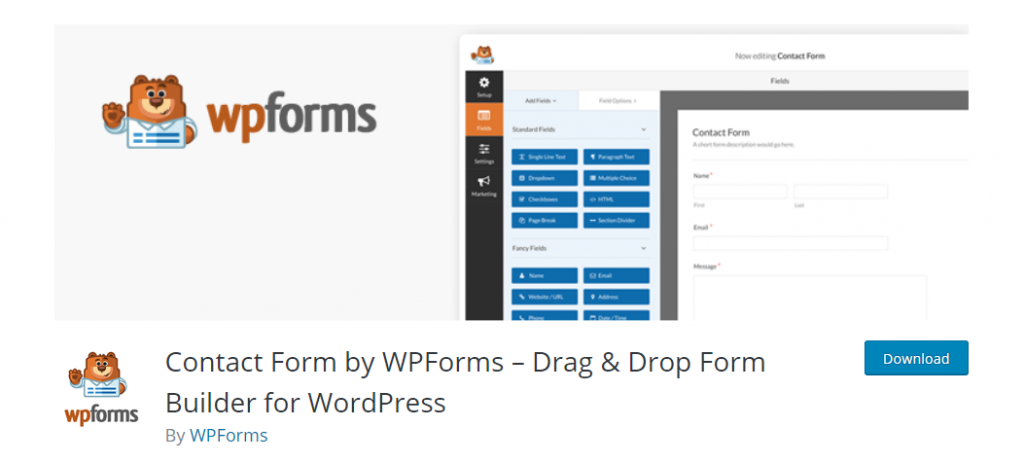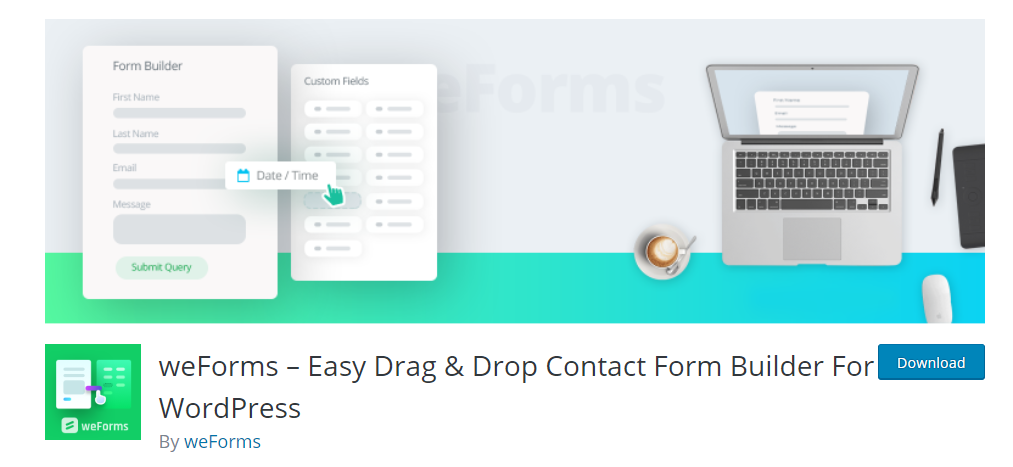
It’s no secret that consistently adding relevant, quality blog posts to your website helps increase your traffic and, subsequently, your business. However, committing to regular content creation and posting is simply unrealistic for many businesses.
However, even though you may not have the resources to maintain a blog on your own, you can still host dynamic content that promotes engagement and increases views. This article will show you how to allow blog post submissions on your WordPress website.
Experience secure, fast hosting optimized for your WordPress website with our WordPress Hosting plans.
Benefits of Allowing Blog Submissions
Allowing users to submit relevant, quality blog posts to your website is a win for all parties involved. Your business receives promotion and engagement through users discovering and submitting their blog posts, and your website secures a steady flow of blog content — which is important for visitor growth and retention.
You can also use this as a way to build regular contributors to your blog who refine their topics to more closely fit the needs of your audience. When reviewing a submitted post, if you notice it’s similar to a question a customer had, consider mentioning that to the author for possible future blog posts. The author is probably interested in the subject and your business needs content to grow. Allowing and assisting with guest posting will fulfill that content need.
In addition, once their post is approved and posted on your website, they will promote their guest post to their network and in turn, introduce your website and business to their audience. Allowing the process to repeat again for others who may be interested in submitting blog posts to your website.
Encouraging smart engagement by allowing guest blog posts on your website benefits both your business and the author. It’s a win-win situation that gives both parties the additional eyes they need to grow. Here are a few ways you can allow blog post submissions on your WordPress website.
Remember, opening your website to the public can increase negative interaction. Learn how to reduce spam on contacts forms.
WPForms Plugin

An easy way to receive blog posts submissions without requiring the user to register to your website is with WPForms and their Post Submission addon. The plugin and addon allow you to create and modify a blog submission form template that you can then add to a page via a shortcode.
Once a user submits a blog post, it will populate in the drafts section of your WordPress admin dashboard, where you can then review and post the blog post — again, all without the user registering to your website, logging in and posting their blog post themselves. Though the basic form of WPForms is free, you’ll need to purchase a pro license to access the Post Submission functionality.
User Submitted Posts Plugin
If you’re not ready to fully commit to allowing blog posts to be submitted to your website then the free User Submitted Posts plugin is a good choice for you. Similar to WPForms, User Submitted Posts allows you to create and modify one submission form and add it to your website via a shortcode.
You can also configure the submissions settings so the submitted posts are marked as “pending” or “drafts” and require your review and approval before being posted. Though the plugin is free, there is a pro version that allows multiple forms, infinite custom fields, multimedia file uploads and more.
WeForms Plugin
If you’re a fan of WeForms and prefer to keep the number of plugins installed on your website to a minimal, you can use the WeForms File Uploader addon to allow blog submissions onto your website. To receive blog submissions, you can instruct users to upload their blog posts in a Word or similar text document for your review and approval.
Though the post will not be uploaded automatically to the posts section of the WordPress dashboard, you will be able to keep track of the submissions easily within the WeForms interface in the dashboard. This is a great way to say organized if, for example, your email inbox is full of other business inquiries and requests — which is another benefit of using the WeForms. The WeForms File Uploader addon is available to users with a paid WeForms license.
You can now start building your website content and audience engagement by allowing blog post submissions on your WordPress website! For more online blogging tips and tricks, check out our Blogging category.

